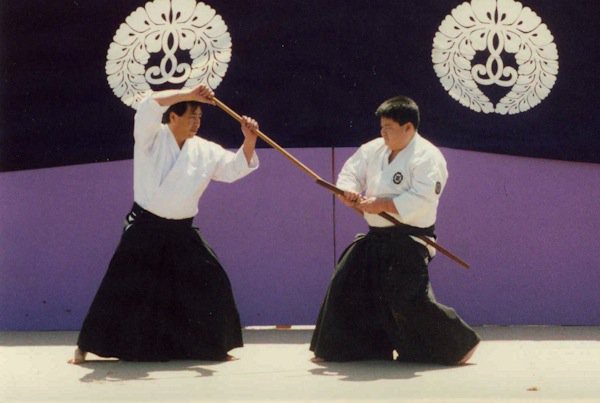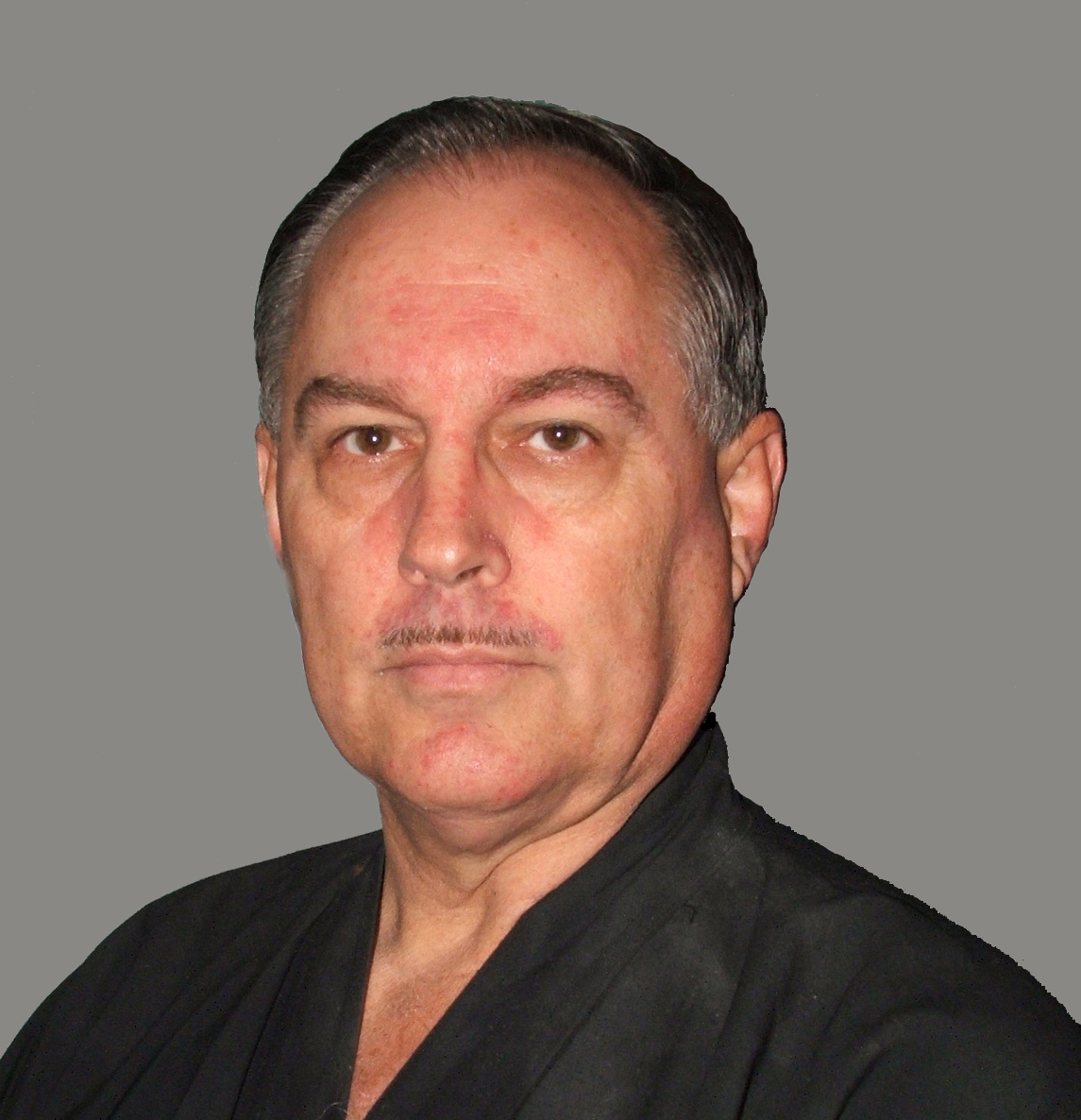The Origins of Shindō Musō-Ryū
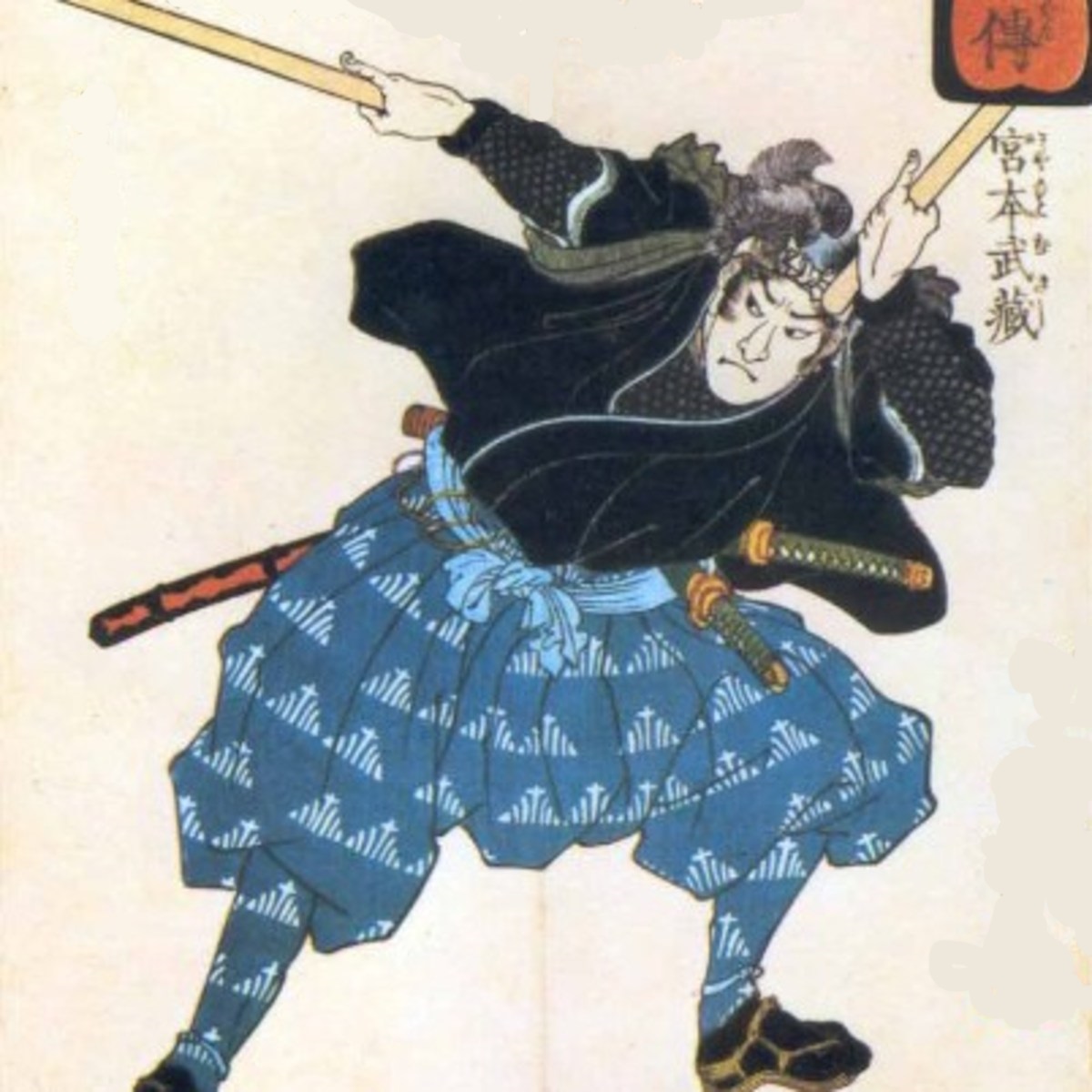 In
many respects the art of jōjutsu owes its existence to
Japan's most famous and formidable samurai:
Miyamoto Musashi (ca. 1584—1645), the kensei
("sword saint"). Had it not been for his
indomitable spirit, the art would likely never have been
created. Another highly renowned swordsman of
Musashi's era was Gon-no-suke Katsuyoshi
(ca. 1580—ca. 1640). Gon-no-suke was a
descendant of a famed samurai and a master of
two major styles of kenjutsu: Tenshin
Shōden Katori Shintō-Ryū and Kashima Shinden
Jikishinkage-Ryū. Around 1595 he embarked on
a musha shūgyō, traveling throughout Japan
seeking duels with the finest swordsmen of his era in
order to test and perfect his skills. Musashi, on
the other hand, was a rōnin (masterless samurai) of
modest origins, with no credentials from any recognised
school of swordsmanship. He, too, was on a
musha shūgyō, and both men were undefeated after many
duels and had growing reputations. Gon-no-suke
even had his lapels imprinted with the words, "Nihon
kaizan musō Gon-no-suke" (Gon-no-suke:
unequalled in Japan from the seas to the mountains") and
"Heihō tenka ichi (greatest warrior under heaven).
In
many respects the art of jōjutsu owes its existence to
Japan's most famous and formidable samurai:
Miyamoto Musashi (ca. 1584—1645), the kensei
("sword saint"). Had it not been for his
indomitable spirit, the art would likely never have been
created. Another highly renowned swordsman of
Musashi's era was Gon-no-suke Katsuyoshi
(ca. 1580—ca. 1640). Gon-no-suke was a
descendant of a famed samurai and a master of
two major styles of kenjutsu: Tenshin
Shōden Katori Shintō-Ryū and Kashima Shinden
Jikishinkage-Ryū. Around 1595 he embarked on
a musha shūgyō, traveling throughout Japan
seeking duels with the finest swordsmen of his era in
order to test and perfect his skills. Musashi, on
the other hand, was a rōnin (masterless samurai) of
modest origins, with no credentials from any recognised
school of swordsmanship. He, too, was on a
musha shūgyō, and both men were undefeated after many
duels and had growing reputations. Gon-no-suke
even had his lapels imprinted with the words, "Nihon
kaizan musō Gon-no-suke" (Gon-no-suke:
unequalled in Japan from the seas to the mountains") and
"Heihō tenka ichi (greatest warrior under heaven).
So it seems inevitable that two such men would meet in a duel that would be legendary!
The two did meet around 1607 and Musashi defeated Gon-no-Suke handily. A dejected Gon-no-Suke retreated to nearby Mount Hōman to contemplate his humiliatingy defeat. He spent 37 days fasting and training at Kamado Jinja, a Shintō shrine atop the mountain. After a particularly rigorous day of training, Gon-no-suke fell asleep exhausted and had a dream in which an angel in the form of a young boy appeared and instructed him, "Maruki o motte, suigetsu o shire," which translates as, "Employing a round stick, understand the moon's reflection in water." The angel then gave Gon-no-suke the precise dimensions to fashion the stick: yon shaku ni sun ichi bu (50.23 inches) in length and hachi bu (.95 inches) in diameter. Gon-no-suke fashioned a jō as the angel had instructed him, and adapted the techniques of the yari (spear), naginata (halberd), and bō (six-foot staff) to its use, applying the concept of the moon's reflection in water. The man who walked down the slopes of Mount Hōman was no longer Musō Gon-no-suke (無双權之助), the "unequalled." His divide dream, deep contemplation, and intense training on the mountain top had transformed him into Musō Gon-no-suke (now written 夢想權之助), the visionary!
It is not known how much time passed before Gon-no-suke and Musashi met for the second time. The most likely opportunity would have been around 1612 to 1613, when Musashi was known to be in the vicinity of Mount Hōman, having just defeated Sasaki Kojirō nearby in another famous duel. Otherwise, their second meeting would probably have been considerably later, around 1630 when Musashi passed through Fukuoka Han (domain), where Gon-no-suke was serving as a vassal to the Kuroda family, on his way to the neighbouring Kumamoto Han, where he remained for several years. There are two accounts of their second duel: one in which Gon-no-suke defeated Musashi with the jō, and one that claims they battled to a draw. In either case, it was a vindication for Gon-no-suke personally and indisputable proof of the effectiveness of his creation, the jō.
For nearly 300 years, jōjutsu was practiced exclusively by samurai of the Kuroda domain, so at the dawn of the 20th century, jōjutsu was still an obscure form of budō known only to a handful of people outside the city of Fukuoka, Japan. But that was soon to change.

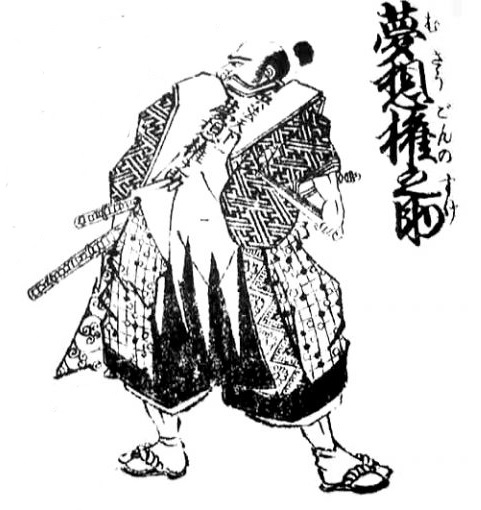
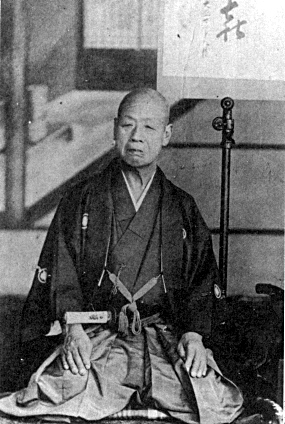
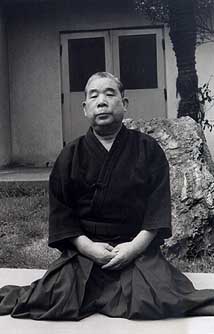 Prior to
Shimizu Shihan, jōjutsu was taught solely by
the repetition of its waza. One of Shimizu's many
contributions to the art was developing a set of
twelve fundamental techniques, called the kihon
uchi-tsuki waza, that were a cross-section of
the techniques found in the majority of waza and could
be practiced separately from those waza in order to
develop skills more quickly. In addition to
creating a systematic approach to jōjutsu instruction, Shimizu Shihan
also created the Seitei Jōdō curriculum, a set of twelve
essential jōjutsu techniques, for use by the Zen Nippon
Kendo Renmei (All-Japan Kendō Federation), which allows budoka of any background to
train in the fundamentals of the art, without spending
years to learn the entire system. In 1955, he
founded the Nippon Jōdō Renmei (Japan Jōdō Federation),
now known as the Zen Nippon Jōdō Renmei
(All-Japan Jōdō Federation).
Prior to
Shimizu Shihan, jōjutsu was taught solely by
the repetition of its waza. One of Shimizu's many
contributions to the art was developing a set of
twelve fundamental techniques, called the kihon
uchi-tsuki waza, that were a cross-section of
the techniques found in the majority of waza and could
be practiced separately from those waza in order to
develop skills more quickly. In addition to
creating a systematic approach to jōjutsu instruction, Shimizu Shihan
also created the Seitei Jōdō curriculum, a set of twelve
essential jōjutsu techniques, for use by the Zen Nippon
Kendo Renmei (All-Japan Kendō Federation), which allows budoka of any background to
train in the fundamentals of the art, without spending
years to learn the entire system. In 1955, he
founded the Nippon Jōdō Renmei (Japan Jōdō Federation),
now known as the Zen Nippon Jōdō Renmei
(All-Japan Jōdō Federation). 